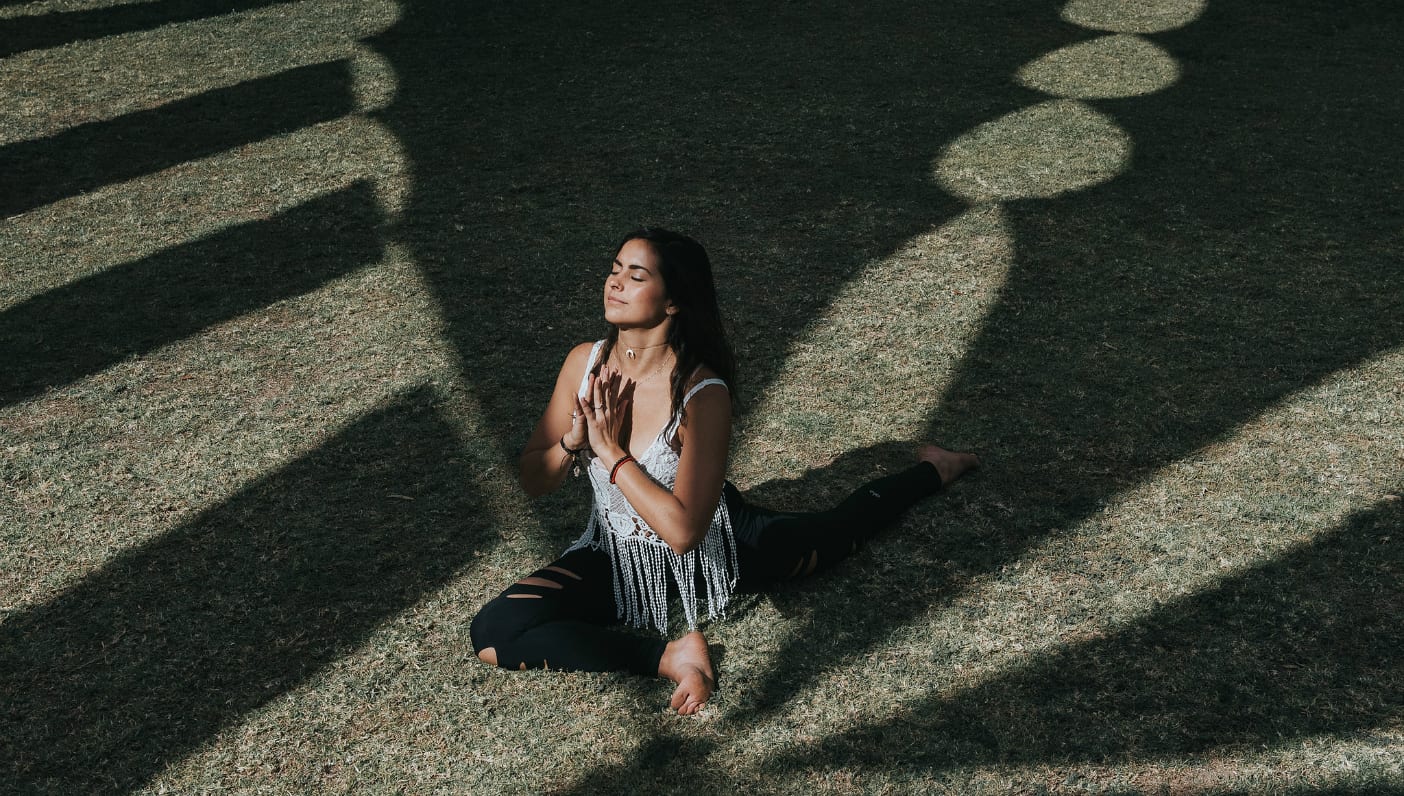
It’s Monday morning. With matcha in-tow, you’ve settled into the office and are exchanging pleasantries with your co-workers, filling in gaps from the days off, and reliving weekend adventures. Someone chimes in; they spent two days doing absolutely nothing. Nothing? The thought of a wasted 48 hours creeps into your mind. Shockingly, their declaration was stated without remorse or embarrassment. They were, instead, both delighted and contented. Gasp!
Our environment breeds the notion that productivity is paramount. Electronics invite us to be more efficient, do more, accomplish more. This mad dash toward progress in a digital world that never snoozes, however, makes it necessary to embrace downtime, to find more room for it in our abundant lives, and to encourage others to do the same. But first, we have to undergo a major mindset-shift. We need to abolish the idea that taking time for you is selfish or lacks productivity.
Because it’s ultimately anything but. According to renowned Wanderlust teacher, co-founder of Rock Your Bliss, and foster mom to a sweet baby boy, nicknamed “Baby A” Mary Beth LaRue, if you don’t take time for restoration, you’re not only hindering our physical and mental wellbeing, but also starving the community of your best self.
Time Alone is Time Well Spent
Mary Beth is no stranger to moving parts. Her roles involve frequent travel to lead classes, workshops and retreats. They also require her to show up whole, as her best self. “I require alone time,” states Mary Beth, “if I don’t take time to restore I feel zapped.” Though she doesn’t get a great deal of time to herself, she indulges in these moments wholeheartedly.
“I don’t require heaps of alone time like I did a few years ago but just being fully present for the time I do have helps me to shift,” says Mary Beth. She takes advantage of these minutes by reading at home (a prolific book worm, Mary Beth reads at least one book a week), writing in the cozy confines of a coffee shop, and—the most impressive habit given her new role of motherhood—with daily meditation. “I also meditate every single day, even when I have a small child hanging on me. It’s essential for my peace of mind.”
When asked about her career, commitments and family, Mary Beth describes her life as “full.” Not busy, not hectic: full. That word alone reminds us we hold the reins to our life through mindset, perspective and personal choices. Though with so many projects underway, it’s easy to overcommit. Mary Beth’s restoration has occasionally fallen by the wayside. When it has, repercussions become lessons learned.
“A couple years ago I really overbooked myself. I had three retreats back to back: one in Ojai, one in Ohio, and one in Northern Canada. The night before I was supposed to leave for Canada my bowel twisted in two. No joke. It’s something that happens to 80 year olds!” An exhausted Mary Beth landed in the emergency room, followed by three days in the hospital a morphine drip. The message was received loud and clear. “Slowing down is essential for my mental and physical well being,” she says. “And slow and easeful is what feels good to me. Even if I miss out on an opportunity or two.”
The Need for Whitespace
This breathing space Mary Beth refers to is fundamental for us all. Everything of value in our lives—our health and sanity, our creativity, our ability to add value by showing up wholeheartedly, without a nagging exhaustion or an underlying resentment—needs whitespace. Just like the hum of appliances will suddenly cease during an outage, a lot of humming in our lives happens ubiquitously and involuntarily. We don’t experience the quiet unless we make it happen. Or, as illustrated by Mary Beth’s forced retreat in the ER, unless things fall apart.
“I won’t have anything to give if I’m constantly moving or in action,” she explains. “Quiet is needed so that we have the space and energy for new ideas or new ways of being in the world.” Amid this silence, we may even begin to answer the question: Who am I outside of the noise? Understanding this can allow us to show up whole—to comprehend our needs, fulfill them, and then contribute from a place of abundance rather than scarcity.
Though this practice appears a solo endeavor, Mary Beth reminds us that advocating for each other is a community effort. “We need to support and encourage one another to take care of ourselves.” Not surprisingly, on that mat she graciously invites her students to do the same. “As a teacher and a mentor the best thing I could want for my students is for them to have an experience of themselves,” she says. “I try to leave space for quiet and contemplation rather than filling every moment with chatter.”
Before the going gets tough, the commitments line up, and the inbox is full, take a cue from Mary Beth’s bliss-inducing yoga classes. “I encourage Child’s Pose. Whether in a class or in life! Think of saying “no” as life’s child’s pose.” Amen, MB. On that note, send your sit bones back to your heels, rest your forehead to the floor, and enjoy a few deep breaths. You deserve it.
—

Kacey Waxler is a yoga instructor and writer based in Paso Robles, California. Her friends say she quotes obscure movie lines and dances like an old man (though they seem to keep me around, anyhow). She dislike small talk, has a habit of interrupting so she can ask a series of annoyingly in-depth questions, and loves spontaneous tea dates that throw off an entire day’s plan. Prior to yoga teaching, she received a B.S. in Animal Science, with a Minor in Biology, from Cal Poly, San Luis Obispo.